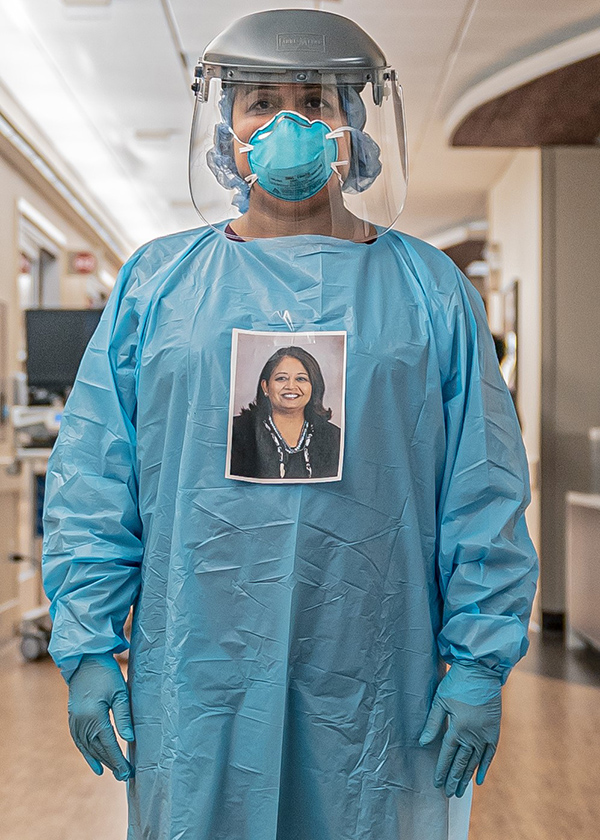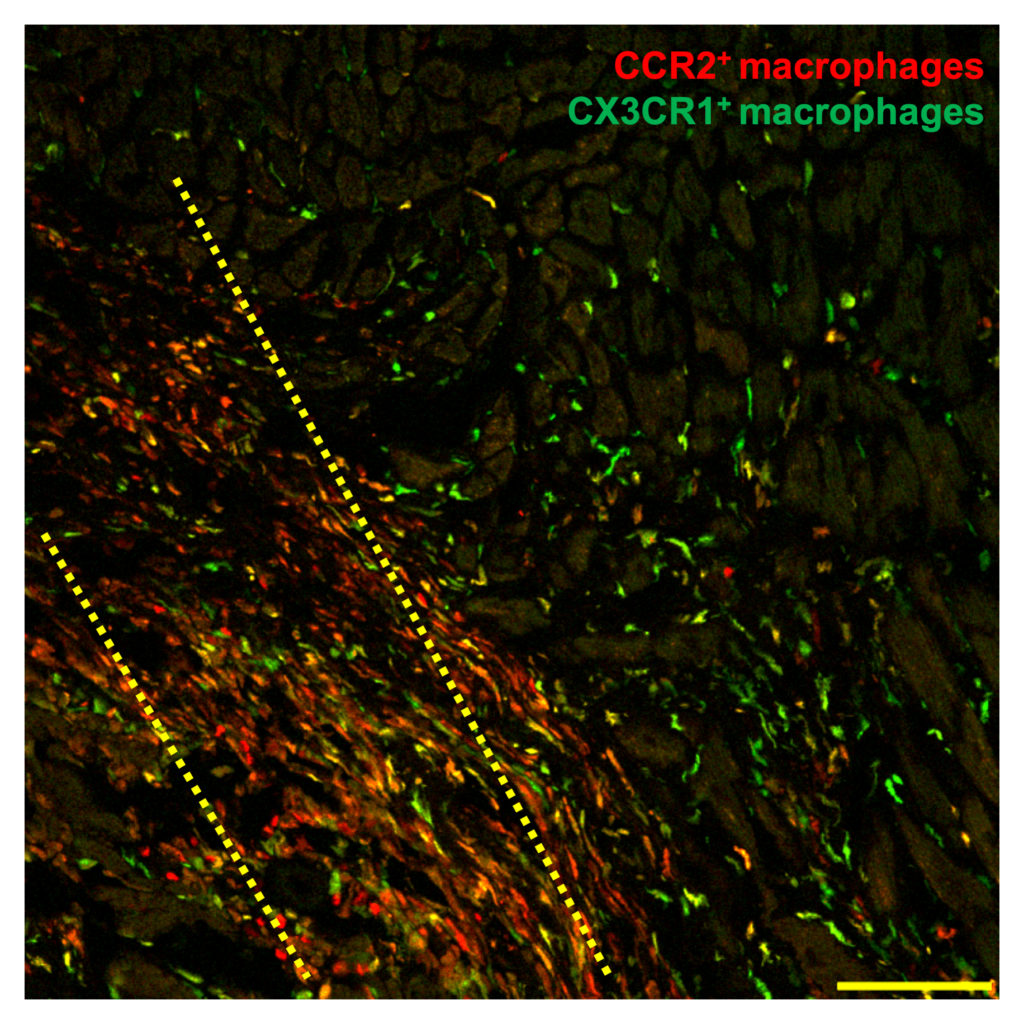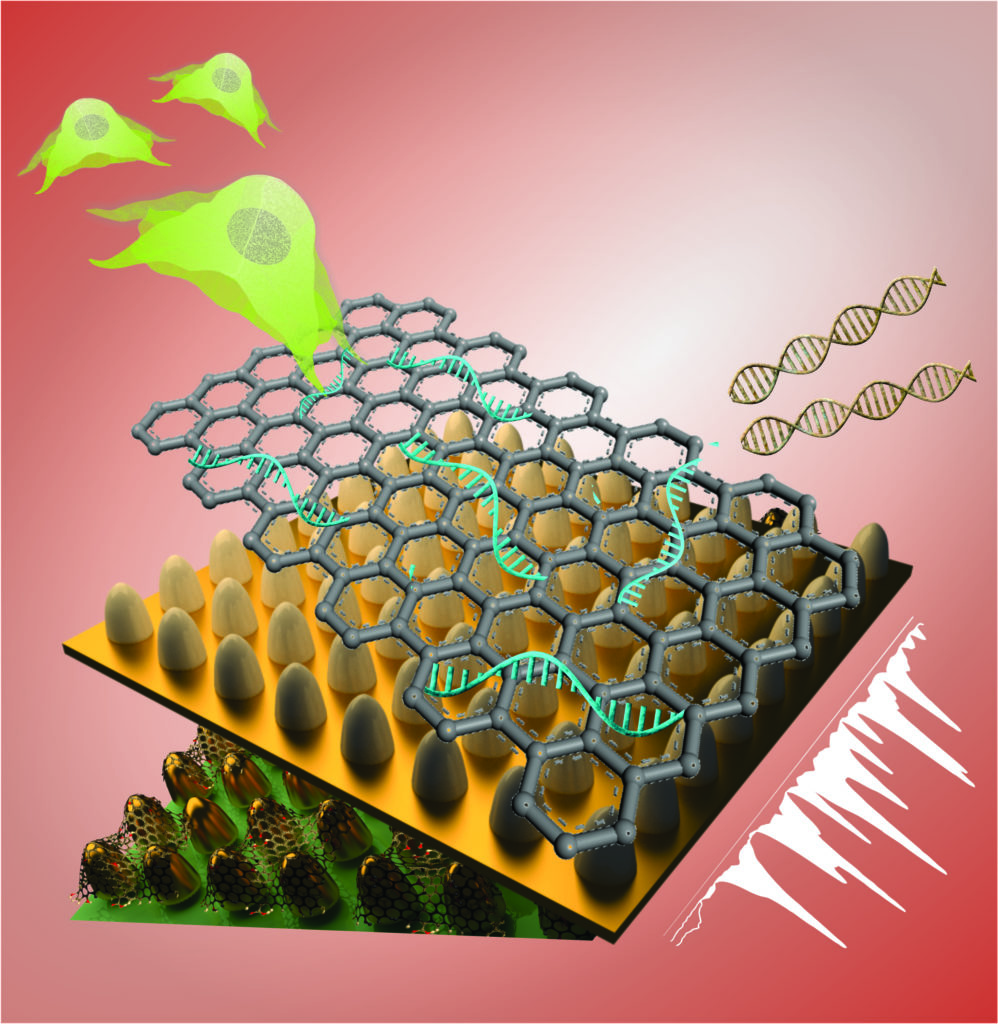Nerve cells in the brain demand an enormous amount of energy to survive and maintain their connections for communicating with other nerve cells.
Tag: Stem Cell Therapy
Stem Cell Therapy Rescues Symptoms of Alzheimer’s Disease
Promising preclinical results from UC San Diego show hematopoietic stem cell therapy was effective in rescuing memory loss, neuroinflammation and beta amyloid build-up in a mouse model of Alzheimer’s disease.
UC San Diego Health among First in Nation to Perform Regenerative Brain Cell Procedure for Epilepsy
UC San Diego Health is among the first in the nation to perform an experimental regenerative brain cell therapy for epilepsy aimed at eliminating seizures.
Lung and heart stem cell research paves way for new COVID-19 treatments
Researchers have used heart and lung stem cells infected with the virus that causes COVID-19 to better understand how the disease impacts different organs, paving the way for more targeted treatments.
Early Mayo Clinic research finds hope in stem cell therapy for perianal fistulas in patients with Crohn’s disease
A dissolvable plug delivered stem cell therapy with few side effects in patients with single tract perianal fistulas, Mayo Clinic researchers discovered. Perianal fistulas are painful tunnels between the intestine and the skin that often do not go away with standard medical or surgical care.
Immune system reboot in MS patients
Every day, one person in Switzerland is diagnosed with multiple sclerosis. MS is an autoimmune disease in which the body’s own immune system attacks the myelin sheath of the nerve cells in the brain and spinal cord.
JMIR Formative Research | Digital Life Coaching During Stem Cell Transplantation
JMIR Publications recently published “Digital Life Coaching During Stem Cell Transplantation: Development and Usability Study” in JMIR Formative Research which reported that the authors launched a single-arm pilot study to investigate the feasibility of patient engagement with digital life coaching (DLC) during this intensive period.
New Solution for Stem Cell Manufacturing
Researchers have developed a unique 3D printed system for harvesting stem cells from bioreactors, offering the potential for high quality, wide-scale production of stem cells in Australia at a lower cost.
Stem cell therapy protects against the side effects of cancer drugs
Immune checkpoint inhibitors are widely used to treat a variety of cancers; however, one serious side effect is the onset of type 1 diabetes.
Businesses selling non-FDA-approved stem cell products grew four-fold in five years, UCI study says
More than four times as many businesses and clinics than were identified in 2016 are selling stem cell products not approved by the U.S. Food and Drug Administration and lack convincing evidence of safety and efficacy, according to a five-year study conducted by University of California, Irvine Program in Public Health professor of health, society and behavior Leigh Turner. The analysis appears online in the journal Cell Stem Cell.
jCyte Inc. Identifies Retinitis Pigmentosa Patients Most Likely to Respond in Planned Pivotal Study with jCell Therapy
jCyte’s presentation at ARVO 2021, demonstrated that retinitis pigmentosa patients treated with the 6 million cell dose of jCell therapy had significant gains in a broad range of visual function tests – BCVA, visual field (KVF), contrast sensitivity (CS), and low luminance mobility (LLMT) – all which measure important and different aspects of functional vision. jCyte also engaged the Cleveland Clinic to identify an anatomical biomarker for patient response to jCell therapy in retinitis pigmentosa, which will help guide the upcoming pivotal study.
Audacious projects develop imaging technology to aid eye tissue regeneration
As regenerative therapies for blinding diseases move closer to clinical trials, the National Eye Institute’s functional imaging consortium, a part of the NEI Audacious Goals Initiative (AGI), is pioneering noninvasive technologies to monitor the function of the retina’s light-sensing neurons and their connections to the brain.
Reopen and Regenerate: Exosome-Coated Stent Heals Vascular Injury, Repairs Damaged Tissue
An exosome-coated stent with a “smart-release” trigger could prevent reopened blood vessels from narrowing and deliver regenerative stem cell-derived therapy to blood-starved, or ischemic, tissue.
Mount Sinai Researchers Identify Mechanisms That Are Essential for Proper Skin Development
Mount Sinai researchers have discovered that Polycomb complexes, groups of proteins that maintain gene expression patterns, are essential for proper skin development, according to a paper published in Genes & Development on February 18.
“Stealthy” Stem Cells Better for Treating Tendon Injuries in Horses
Treating equine donor stem cells with a growth factor called TGF-β2 may allow them to avoid “tripping” the immune response in recipients, according to new research from North Carolina State University.
Scientists Take Important Step Toward Using Retinal Cell Transplants to Treat Blindness
Retinal cells derived from a cadaver human eye survived when transplanted into the eyes of primate models, an important advance in the development of cell therapy to treat blindness, according to a study published on January 14 in Stem Cell Reports.

Gene therapy gives man with sickle cell disease the chance for a better future
In July 2019, Evie Junior enrolled in a clinical trial for an experimental stem cell gene therapy for sickle cell disease. The study is led by UCLA Broad Stem Cell Research Center physician-scientists Dr. Donald Kohn and Dr. Gary Schiller and funded by the California Institute for Regenerative Medicine.

First COVID-19 patient in Texas enrolled in UTHealth stem cell therapy study at Memorial Hermann
The first COVID-19 patient in Texas has been enrolled in a stem cell therapy clinical trial for acute respiratory distress syndrome (ARDS) at The University of Texas Health Science Center at Houston (UTHealth).

Stem Cell Therapy Helps Broken Hearts Heal in Unexpected Way
A study in Nature shows stem cell therapy helps hearts recover from a heart attack, although not for the biological reasons originally proposed two decades ago that today are the basis of ongoing clinical trials. The study reports that injecting living or even dead heart stem cells into the injured hearts of mice triggers an acute inflammatory process, which in turn generates a wound healing-like response to enhance the mechanical properties of the injured area.

Better Biosensor Technology Created for Stem Cells
A Rutgers-led team has created better biosensor technology that may help lead to safe stem cell therapies for treating Alzheimer’s and Parkinson’s diseases and other neurological disorders. The technology, which features a unique graphene and gold-based platform and high-tech imaging, monitors the fate of stem cells by detecting genetic material (RNA) involved in turning such cells into brain cells (neurons), according to a study in the journal Nano Letters.